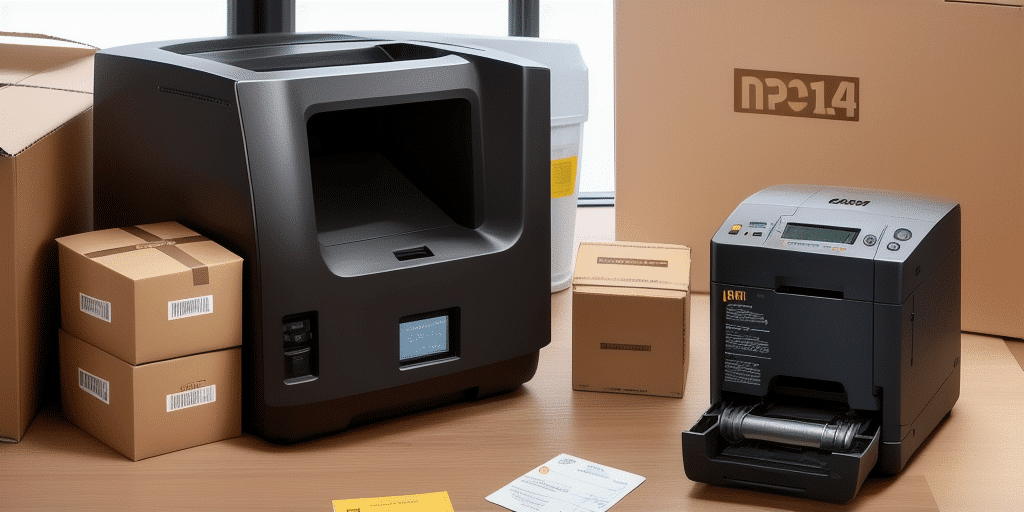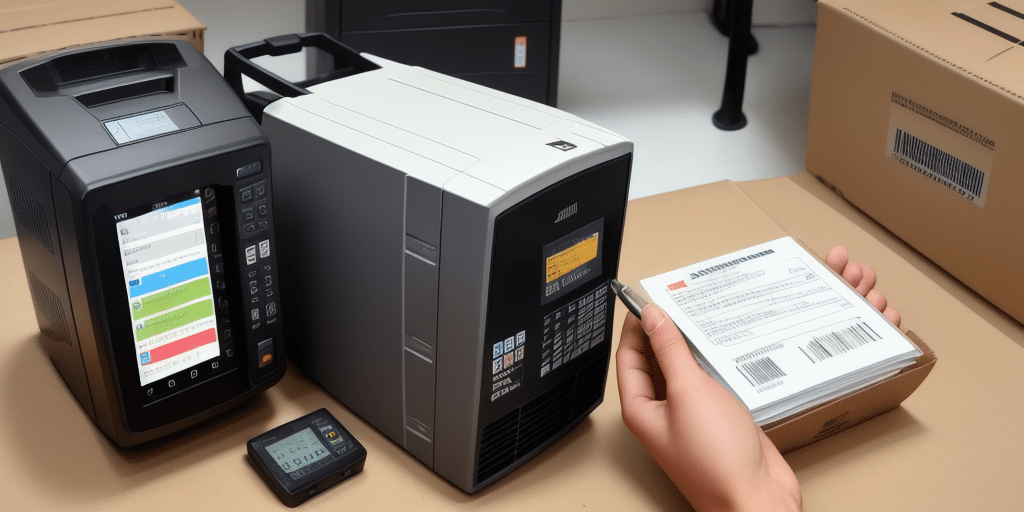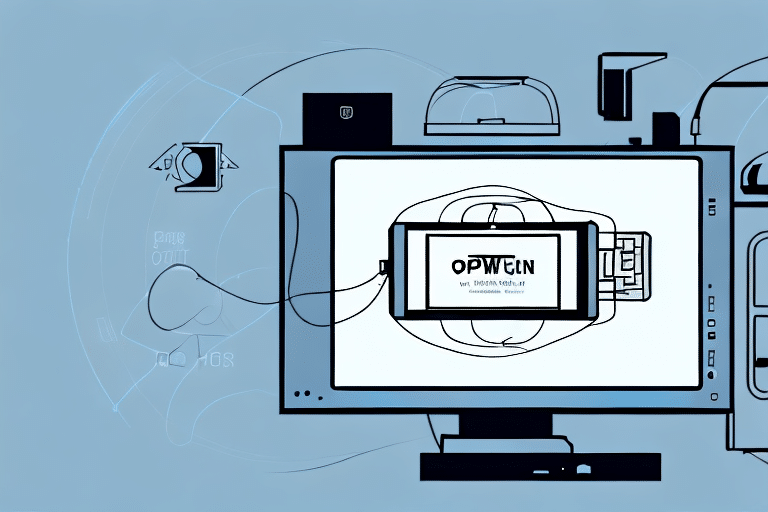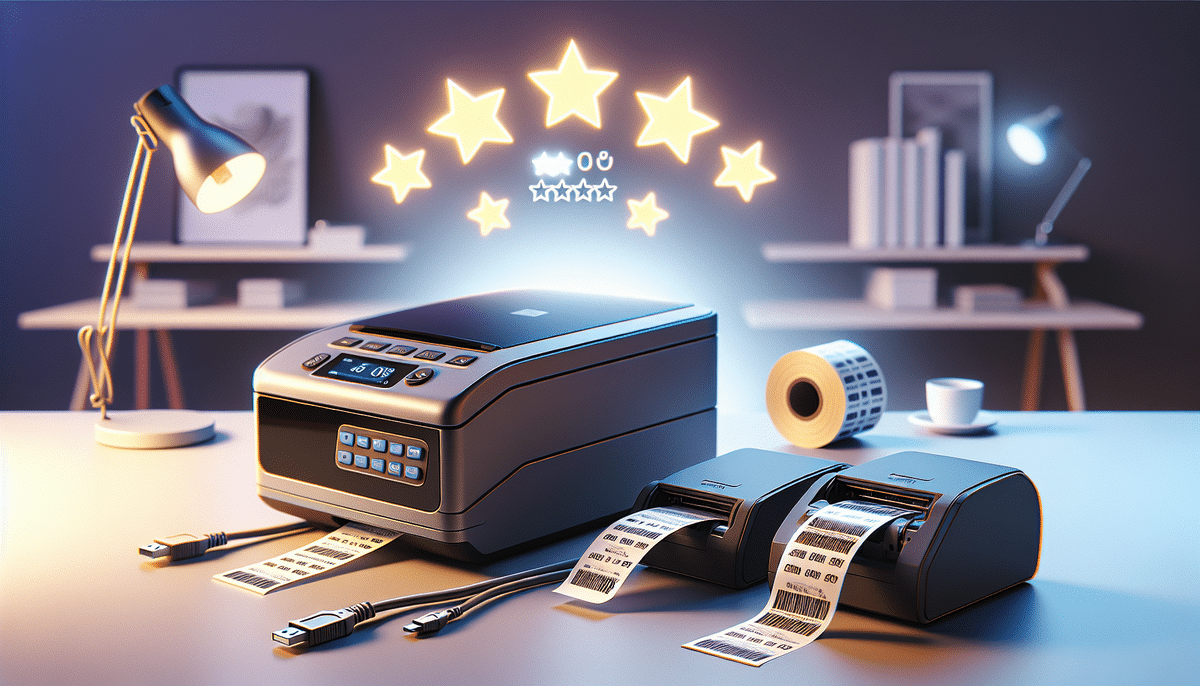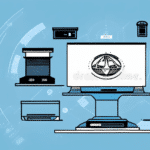Introduction to UPS WorldShip and the GK420d Printer
Streamlining your shipping process is crucial for any business looking to enhance efficiency and customer satisfaction. Integrating the GK420d printer with UPS WorldShip provides a robust solution for printing shipping labels, tracking packages, and managing orders seamlessly. This guide offers a comprehensive overview of setting up and optimizing this integration, ensuring a smooth and efficient shipping workflow.
Setting Up the GK420d Printer
Connecting the Printer
Begin by ensuring the GK420d printer is properly connected to your computer or network. Use a reliable USB cable or, for network setups, connect via Ethernet to enable multiple users to access the printer.
Installing Printer Drivers
Download the latest drivers from the Zebra Support website. Installing the correct drivers ensures compatibility and optimal performance with UPS WorldShip.
Configuring Printer Settings
After installation, adjust the printer settings to match your label specifications. This includes setting the correct label size, print speed, and darkness levels. Refer to the GK420d user manual for detailed configuration instructions.
Installing and Configuring UPS WorldShip
Software Installation
Download UPS WorldShip from the official UPS website. Follow the installation prompts to set up the software on your computer.
System Requirements
Ensure your computer meets the minimum system requirements for UPS WorldShip, including a compatible operating system, sufficient RAM, and available storage space. As of 2023, UPS WorldShip supports Windows 10 and later versions.
Configuring UPS WorldShip with GK420d
Within UPS WorldShip, navigate to the Printer Setup section. Select the GK420d printer from the list of available printers and configure the settings to match your label specifications. This includes defining the label size, print density, and orientation.
Managing Shipping Information
Entering Shipping Details
Input your business's shipping address, customer addresses, and package details into UPS WorldShip. Accurate information is crucial to avoid shipping delays and ensure packages reach their destinations promptly.
Integrating E-commerce Platforms
Integrate your e-commerce platform with UPS WorldShip to automate the import of orders and export of shipping labels. Platforms like Shopify and WooCommerce offer plugins that facilitate this integration, enhancing workflow efficiency.
For more information on integrating e-commerce platforms, visit the Zebra integration page.
Printing Shipping Labels
Generating Labels
Within UPS WorldShip, select the orders you wish to ship and choose the "Print Labels" option. Ensure the GK420d printer is selected and that your label settings are correct before printing.
Maintaining Print Quality
The GK420d is a thermal printer, producing high-quality, smudge-resistant labels. To maintain print quality, regularly clean the print head with isopropyl alcohol and replace the labels when stock runs low.
Troubleshooting and Maintenance
Common Issues
- Printer Not Recognized: Ensure all cables are securely connected and drivers are up to date.
- Poor Print Quality: Clean the print head and verify label settings in UPS WorldShip.
- Label Jams: Check for damaged labels or debris inside the printer and clear any obstructions.
Regular Maintenance
Perform routine maintenance on the GK420d to extend its lifespan. This includes cleaning the exterior, ensuring the printer is free from dust, and updating firmware as provided by Zebra.
Best Practices for Efficient Shipping
Optimizing Printer Settings
Adjust printer settings in UPS WorldShip to balance speed and quality based on your shipping volume. Higher print speeds can enhance productivity, while optimal darkness settings ensure label readability.
Leveraging UPS WorldShip Features
Utilize UPS WorldShip's advanced features such as batch label printing, automatic address verification, and shipment tracking to streamline your shipping operations.
Staying Updated
Keep both UPS WorldShip and the GK420d printer firmware updated to benefit from the latest features, security patches, and performance improvements.
Integrating E-commerce Platforms with UPS WorldShip
Benefits of Integration
Integrating your e-commerce platform with UPS WorldShip automates the shipping process, reduces manual entry errors, and accelerates order fulfillment. This integration can lead to improved customer satisfaction and increased operational efficiency.
Setting Up Integration
Consult the documentation provided by both your e-commerce platform and UPS WorldShip to establish a successful integration. You may need API keys or specific plugins to facilitate data exchange between systems.
For detailed guidance, refer to the UPS Integration Services.
Conclusion
Integrating the GK420d printer with UPS WorldShip offers a powerful solution for businesses aiming to enhance their shipping processes. By following this guide, you can set up, configure, and maintain an efficient shipping system that meets your business needs. Regular maintenance and staying updated with the latest software and firmware will ensure long-term reliability and performance.















